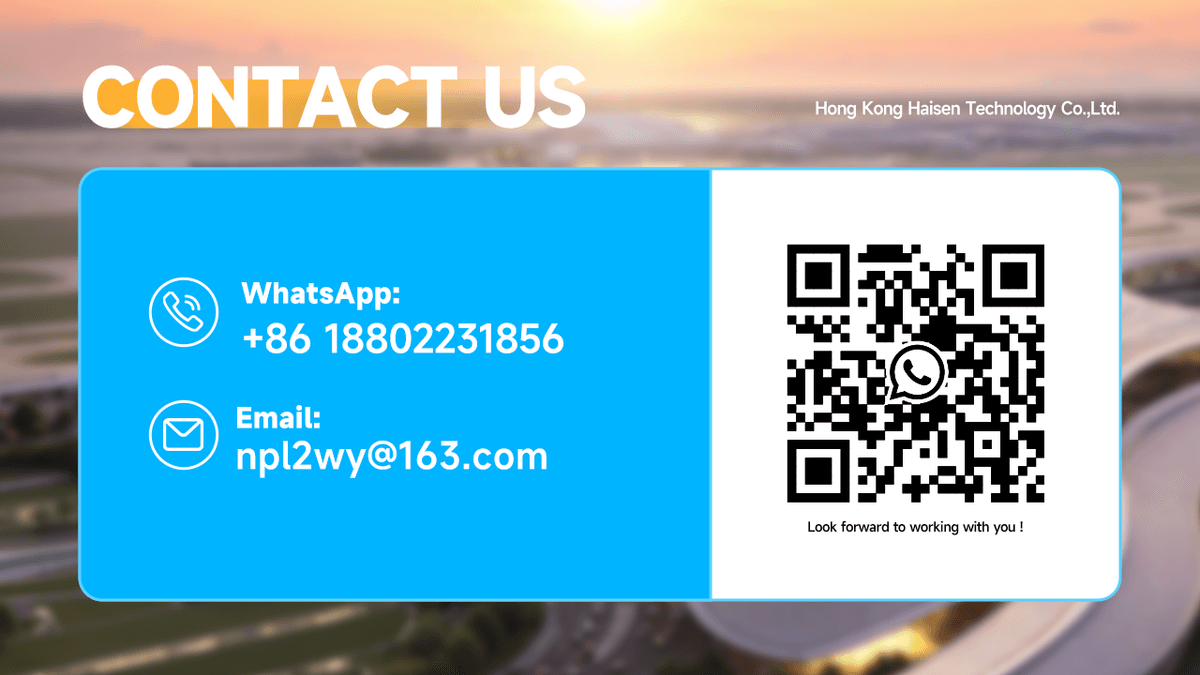Drone radar is the cornerstone of modern airspace security, providing critical detection and tracking capabilities for unmanned aerial vehicles (UAVs) in every scenario. From bustling urban centers to remote industrial sites, drone radar systems are essential for identifying unauthorized drones, mitigating risks, and ensuring safe airspace management. As drones become more accessible—used for recreation, commercial delivery, and even malicious activities—reliable drone radar has never been more necessary. This guide dives deep into everything you need to know about drone radar: how it works, the key types available, their unique advantages, real-world applications, and why investing in the right drone radar system is non-negotiable for your security needs.
What Is Drone Radar?
Drone radar is a specialized technology designed to detect, track, and classify drones by emitting radio waves and analyzing their reflections. Unlike basic sensors, drone radar operates across various frequencies, enabling it to identify UAVs regardless of size, speed, or flight pattern. Whether it’s a small consumer quadcopter flying at low altitudes or a larger commercial drone operating at higher elevations, drone radar can pick up their presence, even in challenging conditions like fog, rain, or darkness.
At its core, drone radar works on the principle of Doppler effect and signal reflection. The system sends out radio waves; when these waves hit a drone, they bounce back to the radar receiver. By measuring the time it takes for the signal to return and the frequency shift of the reflected wave, drone radar calculates the drone’s distance, speed, and direction. Advanced drone radar systems also use machine learning algorithms to distinguish drones from other objects—like birds, airplanes, or debris—reducing false alarms and improving accuracy.
Drone radar is not just a detection tool; it’s a foundational component of counter-unmanned aircraft systems (counter-UAS). By integrating with other technologies—such as cameras, acoustic sensors, or jamming devices—drone radar creates a comprehensive security network that not only spots threats but also enables rapid response. For any organization tasked with protecting airspace, drone radar is the first line of defense.
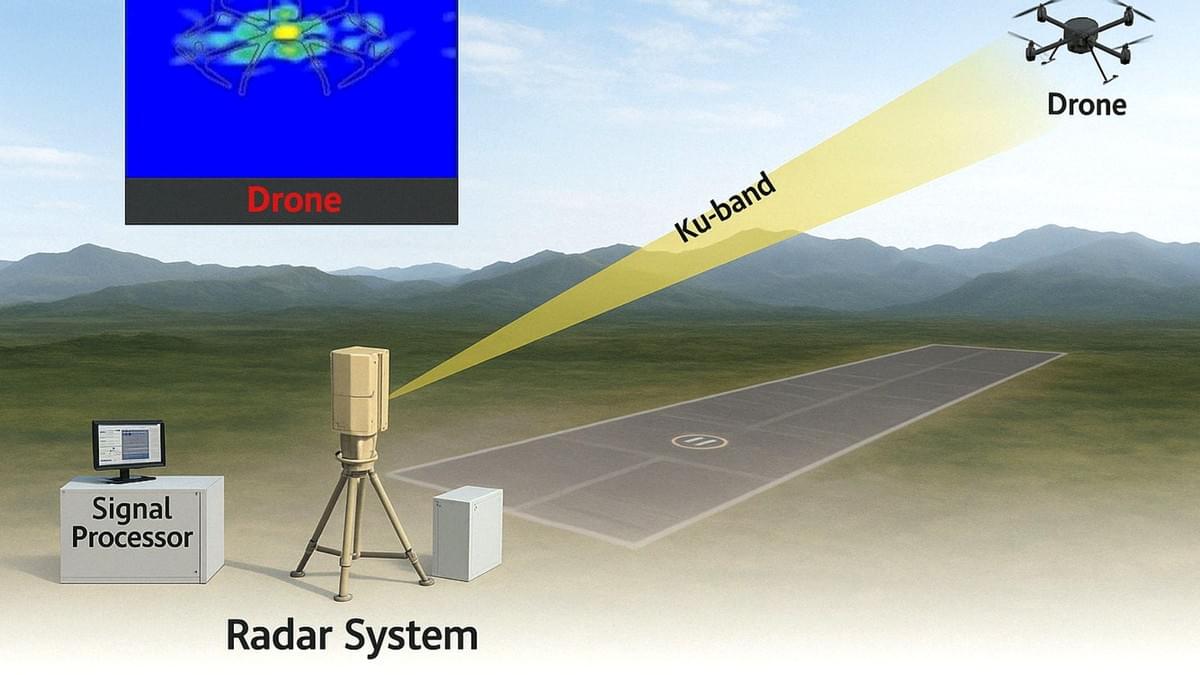
Why Drone Radar Matters: Key Use Cases
Drone radar is indispensable across industries, addressing unique security challenges and ensuring safe operations. Here’s why drone radar is critical in key sectors:
- Airports: Airports face constant risk from unauthorized drones, which can collide with commercial aircraft, disrupt flights, or cause costly delays. Drone radar systems monitor low-altitude airspace around runways and terminals, detecting drones even in poor visibility. This allows airport security to respond quickly—whether by alerting authorities or deploying countermeasures—keeping passengers and flights safe.
- Military & Government Facilities: Sensitive military bases, government buildings, and critical infrastructure (like power plants or water treatment facilities) are prime targets for drone surveillance or attacks. Drone radar provides 24/7 monitoring, identifying even stealthy drones designed to avoid detection. With real-time tracking, security teams can intercept threats before they reach restricted areas.
- Large Events: Concerts, sports games, and political rallies draw massive crowds, making them vulnerable to drone intrusions. Drone radar systems cover wide areas, detecting drones from miles away and enabling security to redirect or neutralize them before they disrupt the event or endanger attendees.
- Industrial Sites: Mines, construction zones, and oil refineries use drones for inspections, but unauthorized drones can steal data, damage equipment, or compromise safety. Drone radar ensures only approved UAVs operate on-site, protecting assets and maintaining productivity.
- Residential & Urban Areas: Privacy concerns are rising as drones equipped with cameras fly over homes and neighborhoods. Drone radar helps local authorities track rogue drones, enforcing no-fly zones and safeguarding residents’ privacy.
In every case, drone radar is the most reliable way to maintain control over airspace, proving its value as a versatile and essential security tool.
Types of Drone Radar: Choosing the Right System
Not all drone radar systems are created equal. Each type is engineered for specific environments, threats, and operational needs. Understanding the differences is key to selecting the drone radar that best fits your requirements.
1. Low-Altitude Detection Drone Radar
Low-altitude detection drone radar is designed to track drones flying at heights below 1,000 feet—where most consumer and small commercial drones operate. Traditional radar systems often struggle with low-altitude targets due to ground clutter (e.g., buildings, trees) and the small size of drones. Low-altitude drone radar solves this with advanced signal processing and high-resolution imaging, filtering out noise to focus on UAVs.
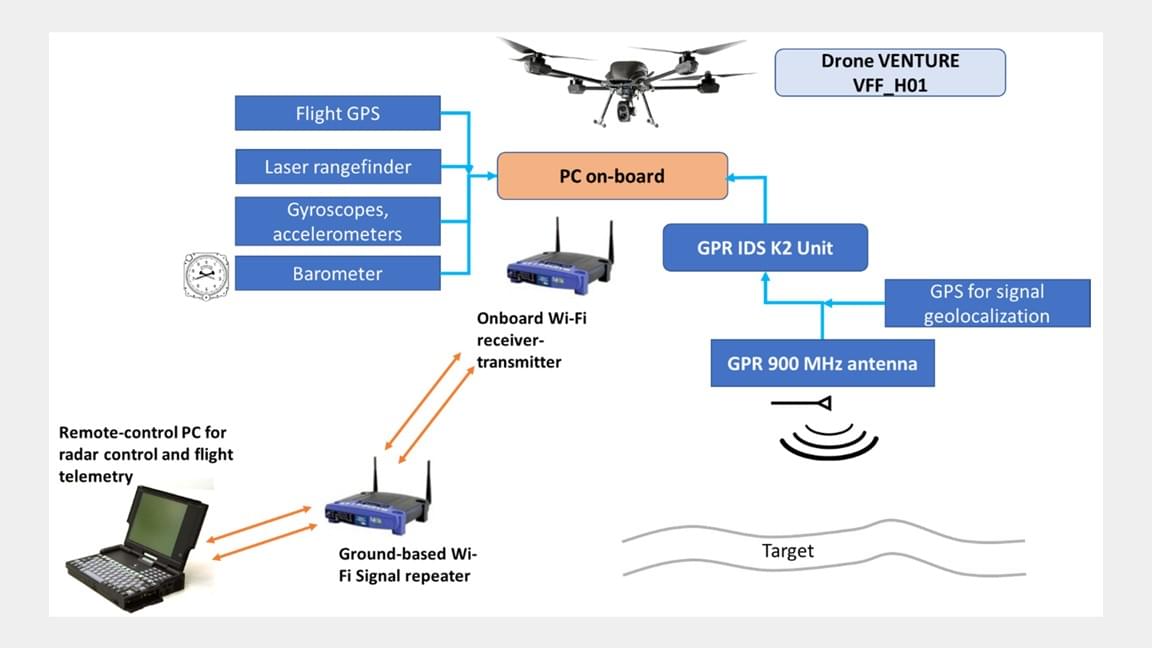
Haisen’s TQ-R Series is a leading example of low-altitude detection drone radar. This system uses cutting-edge algorithms to distinguish drones from other low-flying objects, even in dense urban environments. It can track multiple drones simultaneously, providing real-time data on their speed, altitude, and flight path. For locations like stadiums, shopping malls, or residential areas—where drones pose privacy and safety risks—low-altitude drone radar is a must.
Advantages:
- Specialized in detecting small drones at low heights.
- Resistant to ground clutter and interference.
- Ideal for urban or crowded environments.
2. Full-Band Spectrum Drone Radar
Full-band spectrum drone radar monitors all frequency bands used by drones, typically ranging from 900 MHz to 5 GHz. Drones communicate with their operators via radio waves, and full-band drone radar intercepts these signals, identifying the UAV’s presence and even its make and model. This type of drone radar is versatile, as it can detect virtually any drone—from basic consumer models to advanced military-grade UAVs.
Full-band spectrum drone radar is a game-changer for security teams because it doesn’t rely solely on visual or motion detection. Even if a drone is flying silently or using stealth technology, its radio signals will give it away. This makes full-band drone radar essential for military bases, where threats may include drones designed to avoid traditional detection.
Advantages:
- Covers all drone frequency bands for comprehensive detection.
- Identifies drones via their communication signals.
- Effective against stealth or low-visibility drones.
3. Frequency-Band Specific Drone Radar
While full-band drone radar covers a wide range, frequency-band specific drone radar focuses on targeted frequencies used by specific types of drones. For example, many consumer drones operate on 2.4 GHz or 5.8 GHz bands, while industrial UAVs may use 900 MHz. By zeroing in on these bands, frequency-band specific drone radar filters out irrelevant signals (like Wi-Fi or cell phone waves), reducing false alarms and improving accuracy.
This type of drone radar is perfect for organizations that face consistent threats from a particular type of drone. For instance, airports often deal with consumer drones flown by hobbyists, so a frequency-band specific drone radar targeting 2.4 GHz can efficiently detect these threats without being overwhelmed by other signals.
Advantages:
- Reduces false alarms by focusing on relevant frequencies.
- Cost-effective for targeting specific drone types.
- Easy to integrate with existing security systems.
4. 3D Imaging Drone Radar
3D imaging drone radar takes detection to the next level by creating detailed 3D maps of detected drones. Using multiple antennas and advanced processing, this drone radar captures the drone’s shape, size, and even orientation, making it easier to classify the UAV (e.g., quadcopter vs. fixed-wing). 3D imaging is especially useful for military applications, where identifying the drone’s capabilities (e.g., whether it’s armed or carrying surveillance equipment) is critical for response.
Advantages:
- Provides detailed visual data for accurate classification.
- Enhances threat assessment by identifying drone capabilities.
- Works in low-light or poor weather conditions.
5. Mobile Drone Radar
Mobile drone radar is mounted on vehicles, allowing for on-the-go detection. This is ideal for events like parades, marathons, or disaster response, where security needs to be mobile. Mobile drone radar systems can be deployed quickly, covering large areas and adapting to changing threat locations. They often integrate with other tools, like jamming devices, enabling immediate response to detected drones.
Advantages:
- Flexible and portable for dynamic environments.
- Quick to deploy in emergency situations.
- Covers large, moving areas effectively.
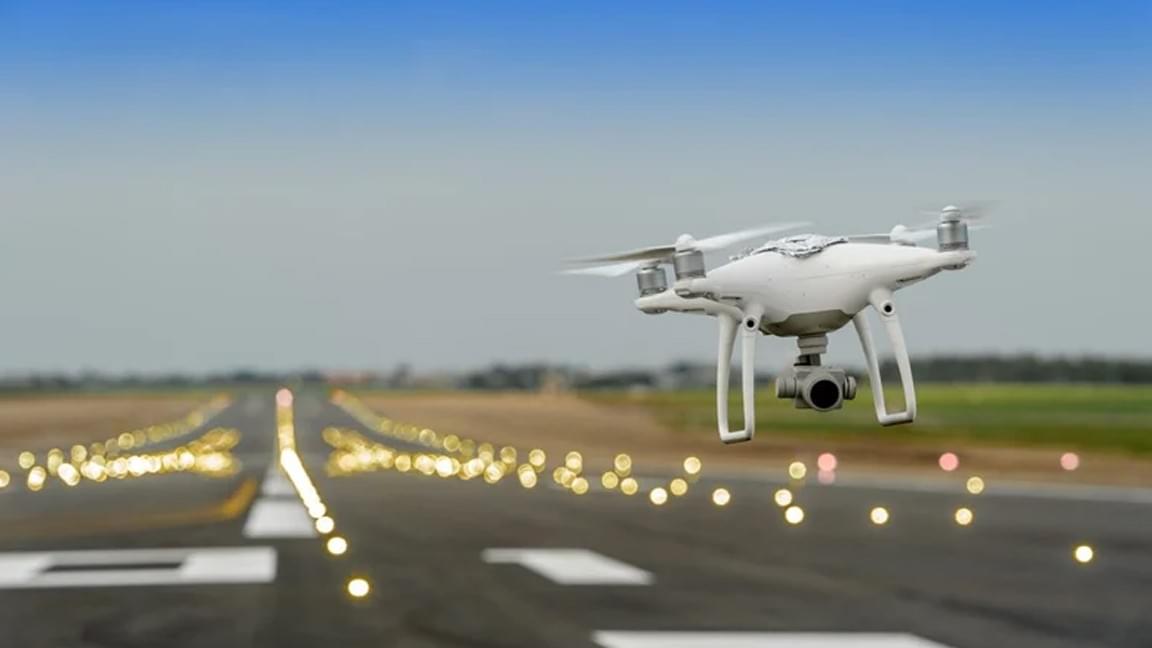
How Drone Radar Integrates with Counter-UAS Technologies
Drone radar rarely works alone. To create a complete security solution, it integrates with other counter-UAS technologies, enhancing detection, tracking, and response. Here’s how drone radar fits into a broader counter-UAS strategy:
- Acoustic Sensors: These pick up the sound of drone propellers, but they’re limited by distance and noise. Drone radar complements acoustic sensors by detecting drones from farther away, even if they’re quiet.
- Electro-Optical/Infrared (EO/IR) Cameras: EO/IR cameras provide visual confirmation of drones, but they struggle in darkness or bad weather. Drone radar guides these cameras to the drone’s location, ensuring visual tracking regardless of conditions.
- Jamming Devices: Once a drone is detected by drone radar, jamming devices can disrupt its communication with the operator, forcing it to land or return home. Drone radar provides the precise location needed for targeted jamming, avoiding interference with other signals.
- GPS Spoofing: For drones relying on GPS, spoofing can redirect their flight path. Drone radar identifies the drone’s GPS coordinates, enabling accurate spoofing to neutralize the threat.
By combining drone radar with these technologies, organizations create a multi-layered defense that leaves no gaps. Drone radar is the foundation, ensuring no threat goes undetected—even in the most challenging scenarios.
Drone Radar for Airports: A Critical Security Tool
Airports are among the most high-stakes environments for drone radar use. A single unauthorized drone near a runway can ground flights, cost millions in delays, and put lives at risk. Drone radar systems are therefore mandatory for airport security, providing 24/7 monitoring of the airspace within a 5-10 mile radius of the airport.
Key Features of Airport Drone Radar
- Long-Range Detection: Airport drone radar must detect drones from 5+ miles away, giving security teams time to respond before the UAV reaches sensitive areas.
- Low-Altitude Focus: Most drone incursions at airports occur below 500 feet, so airport drone radar is optimized for low-altitude tracking, filtering out high-flying commercial aircraft.
- Integration with Air Traffic Control (ATC): Drone radar feeds data to ATC systems, ensuring pilots and controllers are aware of drone threats in real time.
- Rapid Alerting: When a drone is detected, airport drone radar triggers instant alerts to security teams, who can deploy countermeasures like jamming or interception.
Case Study: How Drone Radar Reduced Incidents at Major Airports
London Heathrow Airport implemented advanced drone radar systems in 2023 after a series of drone incursions caused massive delays. The drone radar system, which combines low-altitude detection and full-band spectrum monitoring, reduced drone-related incidents by 89% in its first year. Security teams reported faster response times, with 90% of detected drones intercepted before reaching runway areas.
Similar results have been seen at JFK Airport in New York and Dubai International Airport, proving that drone radar is not just a luxury but a necessity for modern airport security.
Choosing the Right Drone Radar: Factors to Consider
Selecting the best drone radar for your needs requires evaluating several key factors:
- Detection Range: How far do you need to detect drones? Airports need long-range drone radar, while small businesses may suffice with short-range systems.
- Altitude Coverage: Will the drone radar focus on low-altitude (below 1,000 feet) or high-altitude (1,000+ feet) drones?
- Environmental Conditions: Does the drone radar work in rain, fog, or darkness? Look for systems with weather-resistant technology.
- Number of Targets: Can the drone radar track multiple drones at once? This is critical for large events or busy areas.
- Integration Capabilities: Will the drone radar work with your existing security tools (cameras, jammers, etc.)?
- Cost: Drone radar systems vary in price, from affordable short-range models to high-end military-grade systems. Balance cost with your security needs.
For most organizations, a combination of low-altitude drone radar and full-band spectrum drone radar offers the best protection, covering all common threats without overcomplicating operations.
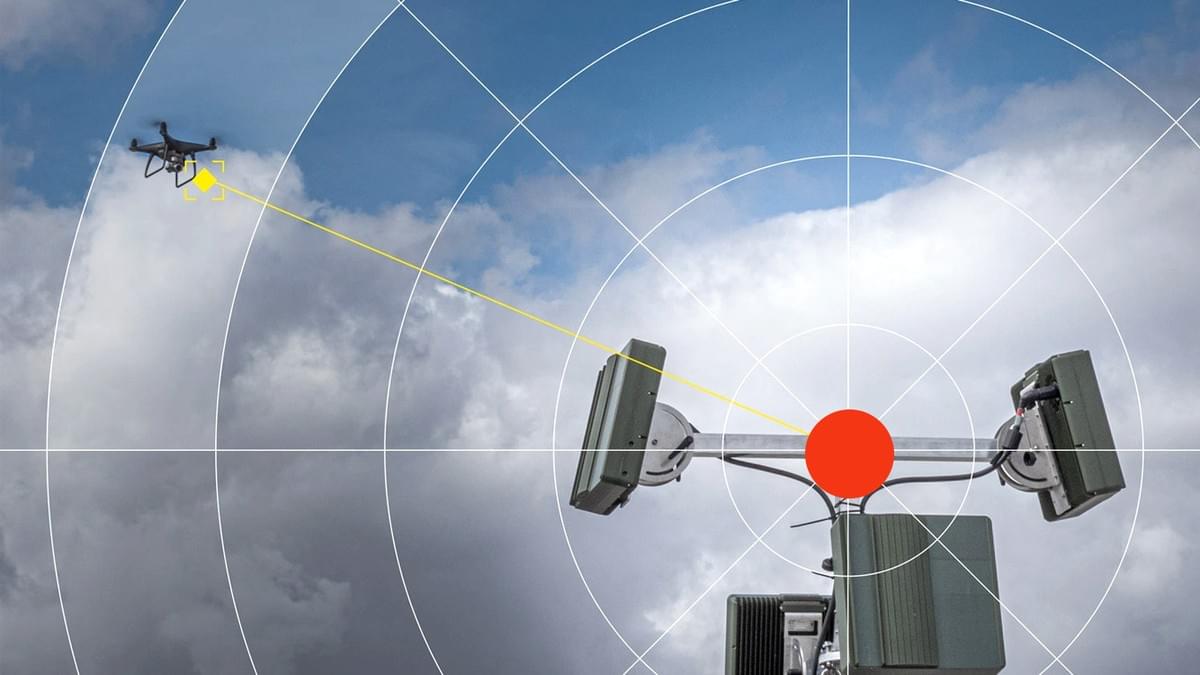
The Future of Drone Radar: Innovations on the Horizon
Drone technology is evolving rapidly, and drone radar is keeping pace with new innovations:
- AI-Powered Drone Radar: Machine learning algorithms will make drone radar smarter, improving classification accuracy and reducing false alarms. AI will enable drone radar to learn from past threats, adapting to new drone models and tactics.
- Miniaturized Drone Radar: Smaller, more portable drone radar systems will be available for personal or small-business use, making airspace security accessible to everyone.
- 5G Integration: 5G networks will enhance drone radar’s data processing speed, enabling real-time tracking of hundreds of drones simultaneously.
- Solar-Powered Drone Radar: Eco-friendly drone radar systems will operate off-grid, ideal for remote locations like oil fields or national parks.
These advancements will make drone radar even more effective, ensuring it remains the top choice for airspace security in the years to come.
Why Invest in Quality Drone Radar?
The risks of skipping drone radar are clear: unauthorized drones can invade privacy, disrupt operations, cause accidents, or even carry out malicious attacks. Investing in a reliable drone radar system is an investment in safety, security, and peace of mind.
Quality drone radar systems offer:
- 24/7 Protection: Drone radar works around the clock, never missing a threat.
- Cost Savings: Preventing drone-related incidents saves money on delays, damages, and legal fees.
- Compliance: Many industries (like aviation and defense) now require drone radar to meet regulatory standards.
- Peace of Mind: Knowing your airspace is protected lets you focus on your core operations.
Get Started with the Right Drone Radar Today
Ready to enhance your airspace security with top-tier drone radar? Whether you need low-altitude detection for a stadium, full-band spectrum monitoring for a military base, or mobile drone radar for events, we’ve got you covered. Our team of experts will assess your needs, recommend the perfect drone radar system, and ensure seamless integration with your existing security tools.
Don’t wait for a drone incident to act—protect your airspace with reliable drone radar today. Contact us for a free consultation and demo, and take the first step toward comprehensive security.
Drone radar is more than a technology—it’s a commitment to safety. With the right drone radar system, you can stay ahead of threats, protect what matters most, and ensure secure airspace for everyone. Invest in drone radar, and fly with confidence.
